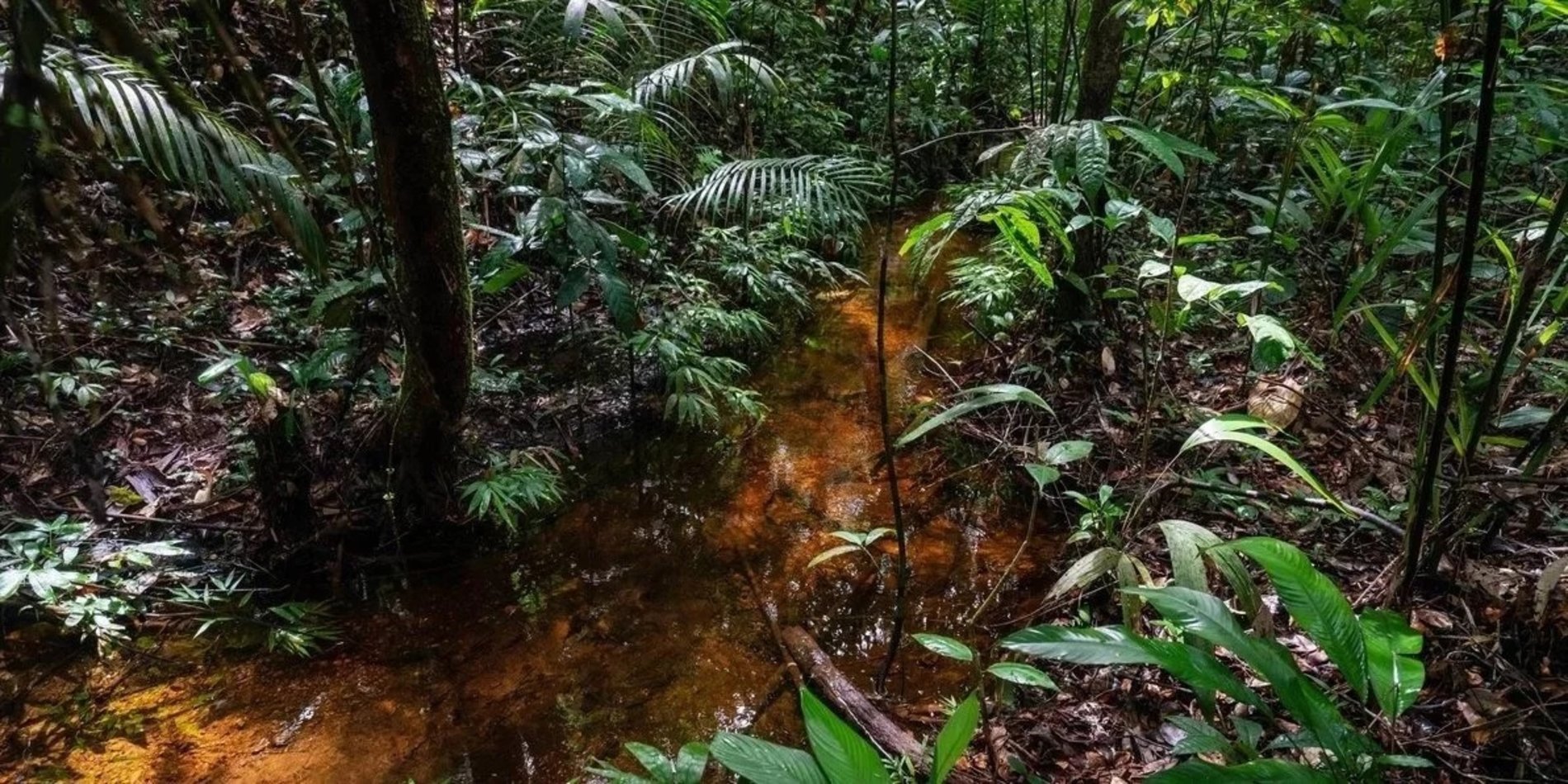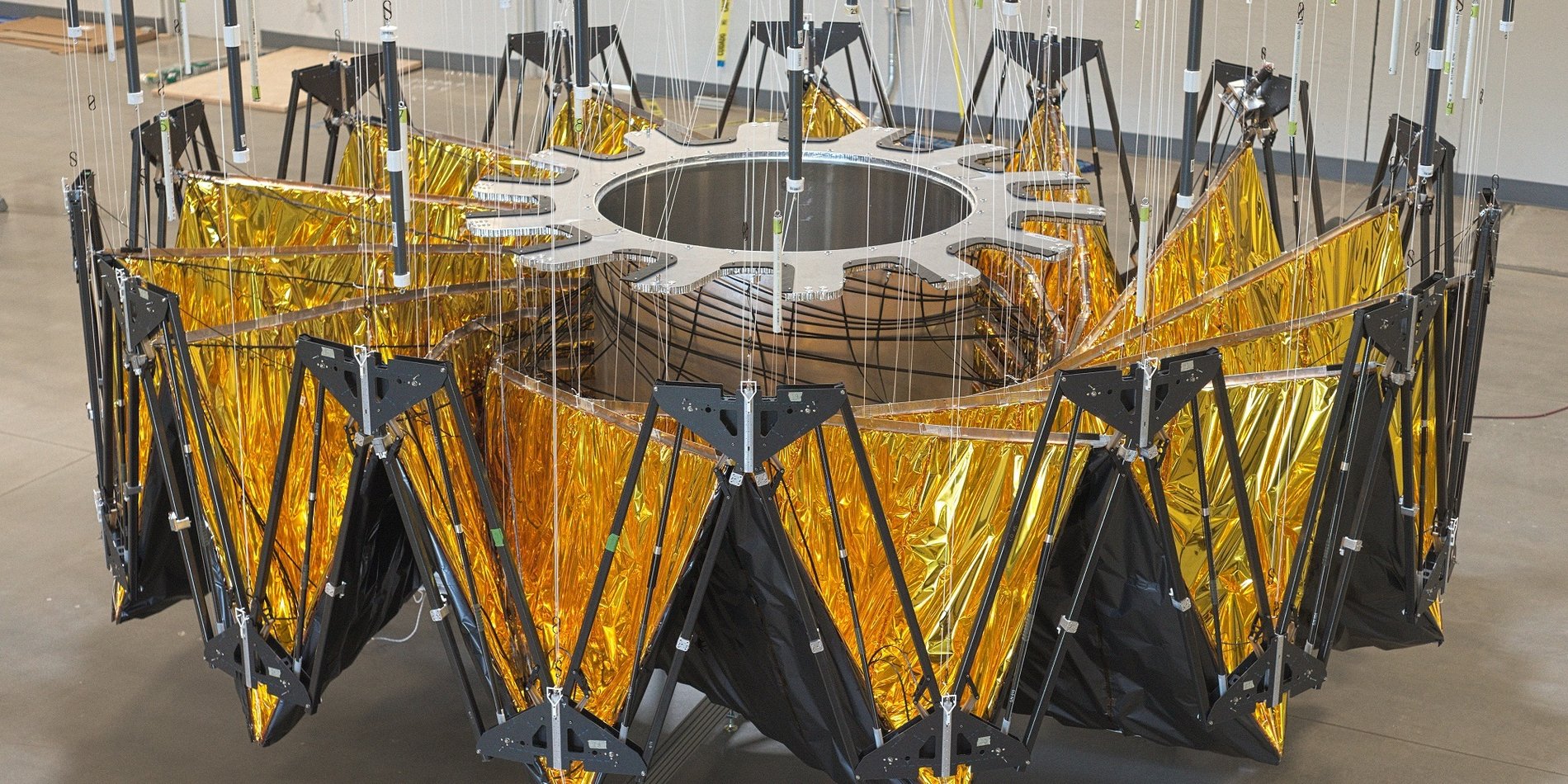Prof. Alonso's UAV class flies search and rescue missions on campus
Standing at the edge of an isolated field, Peter Blake dropped a few bits of dried grass to check the wind before giving the signal to launch the small, computer-controlled aircraft that he and seven other students built for a course at Stanford School of Engineering.
"In less than 10 weeks these students design and build a small unmanned aerial vehicle, write software to execute a search and rescue exercise, and follow an overall mission strategy," said Juan Alonso, an associate professor of aeronautics and astronautics. "I don't think there's anything else like it, especially not in such a compressed period of time."
"For UAVs [unmanned aerial vehicles] to be routinely used, we're going to have to do a better job at integrating all the various elements that enable these systems to fly safely," Alonso said. "It's very satisfying to see students from departments across campus come together to solve these major technical challenges in just 10 weeks."
The course has been available since 2002, when Alonso developed it with his colleague Ilan Kroo, a research professor of aeronautics and astronautics. All along it has challenged students to create a UAV optimized for a specific mission, in this case, finding four objects in a practice field where students can safely fly their small, computer-controlled aircraft.
"We get many students who are great at software and simulation but they've seldom built anything," Alonso said, adding that especially now, with UAVs on the verge of widespread use in government and industry, understanding the performance of the aircraft and the behavior of all on-board sensors and communications is a necessity.
"If you want to use UAVs to map the coral reefs off Miami Beach, you'd better understand how to follow accurately some pre-specified paths even in the presence of wind gusts," he said.
Dividing his 24 students into three teams, Alonso tried to assure a fair division of skills in, for example, design, fabrication and programming. During the 10-week course, students built aircraft with wingspans no larger than outstretched arms.
The vehicles, which run on battery-powered propellers, fly no higher than 400 feet over an empty field in the early morning. The three teams competed to determine which UAV could most accurately find the test objects in the shortest period of time.
Yet even these relatively simple conditions presented challenges that demanded a wide array of skills.
"I was amazed by the complexity of the mission," said Blake, a former Marine Corps pilot who flew Harrier vertical-takeoff-and-landing jets before becoming an MSx Fellow at Stanford Graduate School of Business and taking this engineering class.
By contrast, his team captain, and the person who tossed their UAV into the air, was graduating senior Ian Villa, who is among many Stanford engineering co-terminal degree students beginning work on a master's degree while still an undergraduate. Villa is pursuing an MS in aeronautics and astronautics.
"One of our secret advantages was fabrication," Villa said in a nod to Erik Moon, another MSx Fellow who had a knack for making things. Among the innovations in what proved to be their winning entry, the eight students on Villa's Red Team redesigned their fuselage-wing combination to improve aerodynamics, obtain better wind speed readings and increase the available space to carry all their electronics.
The eight students on Blue Team challenged the Reds by designing a blended wing aircraft, so-called because their UAV had no fuselage, making it look like a wide "V." Blended wing aircraft are lighter and more efficient aerodynamically, a design choice that gave the Blue entry more time aloft.
Unfortunately, the lack of a conventional tail also made the plane tougher to control in the wind, which ultimately made the Blue plane less efficient at finding the objects — the chief parameter in the final flight test.
The eight students of the Yellow Team also successfully built and flew a UAV but it lagged the other two entries in speed-of-rescue, perhaps owing partly to the fact that, early in their prototyping efforts, their plane's onboard controller quit and it took team members time to realize that they'd overtasked its tiny memory buffer.
But even such setbacks helped remind the students in this experiential learning exercise of that timeless engineering adage, "Stuff happens."
Media Contact
Tom Abate, Stanford Engineering: (650) 736-2245, tabate@stanford.eduDan Stober, Stanford News Service: (650) 721-6965, dstober@stanford.edu


